Reviews
How Public Health Shapes the Way Communities Thrive
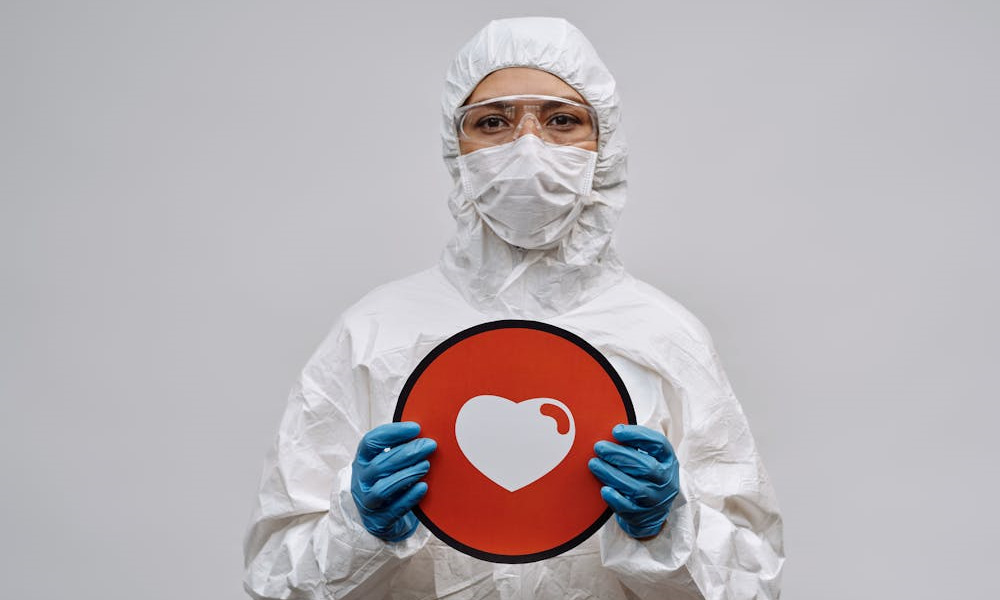
Ever wonder why some neighborhoods bounce back from a crisis while others fall apart? It’s not just about luck or location. It’s often about preparation, education, and the invisible systems that keep people safe, informed, and healthy. That’s the work of public health—quiet, steady, and often overlooked until things go wrong.
We usually think of health in terms of doctors, hospitals, and insurance. But public health goes much further. It covers clean water, safe food, air quality, vaccines, mental health, and even how sidewalks are designed. When public health works well, we barely notice it. When it breaks down, everything else does too.
Communities are built on more than roads and buildings. They depend on people who understand how to prevent disease, manage resources, and lead with care. In this blog, we will share how public health plays a key role in helping communities not just survive—but truly thrive.
It’s Not Just About Emergencies
When we hear “public health,” our minds often jump to big events: a pandemic, a natural disaster, or an outbreak of food poisoning. These are high-stakes moments when trained professionals step in and take charge. But public health isn’t just for emergencies—it’s for every day.
Public health helps children stay in school and families stay in their homes. It keeps neighborhoods informed and protected. It can even shape how long people live. And it doesn’t stop at clinics or labs. Public health work happens in schools, local governments, community centers, and even city planning departments.
So how do people gain the skills to support this kind of work? One way is through a public health post-baccalaureate certificate, which offers practical, flexible learning for professionals in many fields. Whether you work in education, transportation, social services, or tech, understanding public health gives you tools to improve lives. These certificate programs are especially useful for people who already hold degrees but want to sharpen their focus or transition into new roles. Because they’re often offered online, they also let learners stay in their communities while leveling up their skills.
This kind of education reflects what public health is all about: meeting people where they are, and giving them what they need to create lasting change.
Prevention Over Reaction
Let’s face it—humans are pretty good at reacting. We put out fires, fix problems, and move on. But public health flips that script. It’s all about acting before the damage is done. That’s not as flashy, but it’s far more effective.
Take the issue of clean water. You can treat people for waterborne illness after they get sick. Or you can make sure the water stays clean in the first place. One costs money, time, and pain. The other saves all three. Public health always bets on the long game.
Vaccination programs, lead testing in housing, and nutrition education in schools are just a few examples. These aren’t emergency responses. They’re investments in resilience. And they work best when guided by people who understand the data, the policies, and the communities they serve.
Look at the COVID-19 pandemic. The cities that had strong public health systems in place—from testing centers to communication plans—fared much better. That’s not luck. That’s strategy.
Strong Communities Are Informed Communities
Public health is about connection. Not just between diseases and data, but between people and decisions. If you want a community to trust a new policy, they need to understand it. If you want them to follow safety guidelines, they need to feel seen and heard.
That’s why communication is such a big part of public health. It’s not enough to run programs—you have to explain them. You have to tailor the message to different languages, cultures, and learning styles. And you have to listen as much as you talk.
When trust breaks down, even the best science can fall flat. But when communities are treated as partners, not problems, they rise. They share information. They support each other. They get involved.
Think about how misinformation spreads online. In the absence of strong, clear public health voices, fear takes over. But with trained professionals on the ground—people who know how to answer hard questions and lead with empathy—misinformation loses its power.
It’s About the Little Things, Too
Not every public health win makes headlines. In fact, most don’t. That new walking trail in your park? Public health helped push that forward. The food trucks with healthier options near your school? That’s public health at work. The mobile clinic parked outside your grocery store last month? You guessed it.
These changes might seem small, but they add up. They create safer, stronger, and more connected communities. They make health feel accessible, not intimidating. And they often start with a simple idea: that everyone deserves a chance to live well.
Even policies that seem far from “health-related”—like housing codes or zoning rules—can have a big impact. Mold in old buildings, poor ventilation, or lack of green space all affect wellness. Public health professionals know how to spot these issues and push for smarter solutions.
A New Generation of Changemakers
The future of public health isn’t just about clinics or crises. It’s about creativity, collaboration, and compassion. It’s about finding new ways to connect policy with real life. And it needs voices from every field—teachers, engineers, artists, administrators.
That’s why short, focused learning programs are gaining attention. They allow people to step into the world of public health without committing to years of study. They welcome learners who already bring valuable experience from other sectors. And they give communities a stronger bench of informed leaders who can make smarter choices—together.
This kind of cross-pollination is what public health needs. No single department can fix complex problems. But when housing officials, school staff, transit planners, and local advocates all understand public health principles, real progress can happen.
When Public Health Is Working, It’s Invisible
Here’s the irony: when public health does its job well, no one talks about it. The water is clean, the food is safe, and the roads are clear. Schools stay open. Families stay healthy. People live longer, quieter lives. That’s success.
But it takes work to keep that quiet. It takes people who care enough to track the details most of us ignore. It takes investment in education, communication, and collaboration. And it takes a belief that health isn’t just about individuals—it’s about all of us, together.
Public health isn’t just a department or a degree. It’s a mindset. A commitment to care, even when no one’s watching. A dedication to making life better for someone else, whether through a policy, a program, or a quiet conversation.
Communities that thrive don’t get there by accident. They get there because someone asked, “How can we make this better?” And then they did the work to answer it. That’s public health. That’s how it changes everything.

-
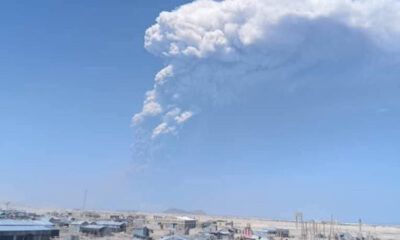
 World1 week ago
World1 week agoEthiopian volcano erupts for first time in thousands of years
-

 Health2 days ago
Health2 days ago8 kittens die of H5N1 bird flu in the Netherlands
-
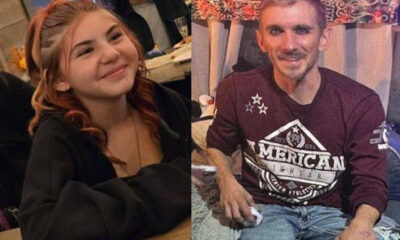
 Legal7 days ago
Legal7 days agoUtah Amber Alert: Jessika Francisco abducted by sex offender in Ogden
-
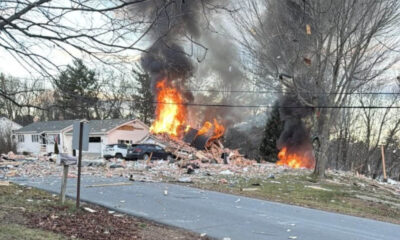
 US News6 days ago
US News6 days agoExplosion destroys home in Oakland, Maine; at least 1 injured
-
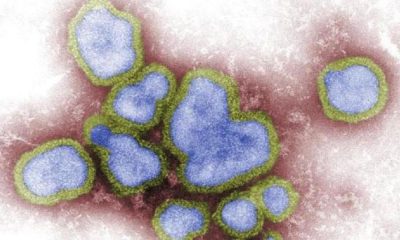
 Health7 days ago
Health7 days agoMexico’s September human bird flu case confirmed as H5N2
-

 Legal3 days ago
Legal3 days ago15 people shot, 4 killed, at birthday party in Stockton, California
-

 World7 days ago
World7 days agoWoman killed, man seriously injured in shark attack on Australia’s NSW coast
-

 US News2 days ago
US News2 days agoFire breaks out at Raleigh Convention Center in North Carolina




